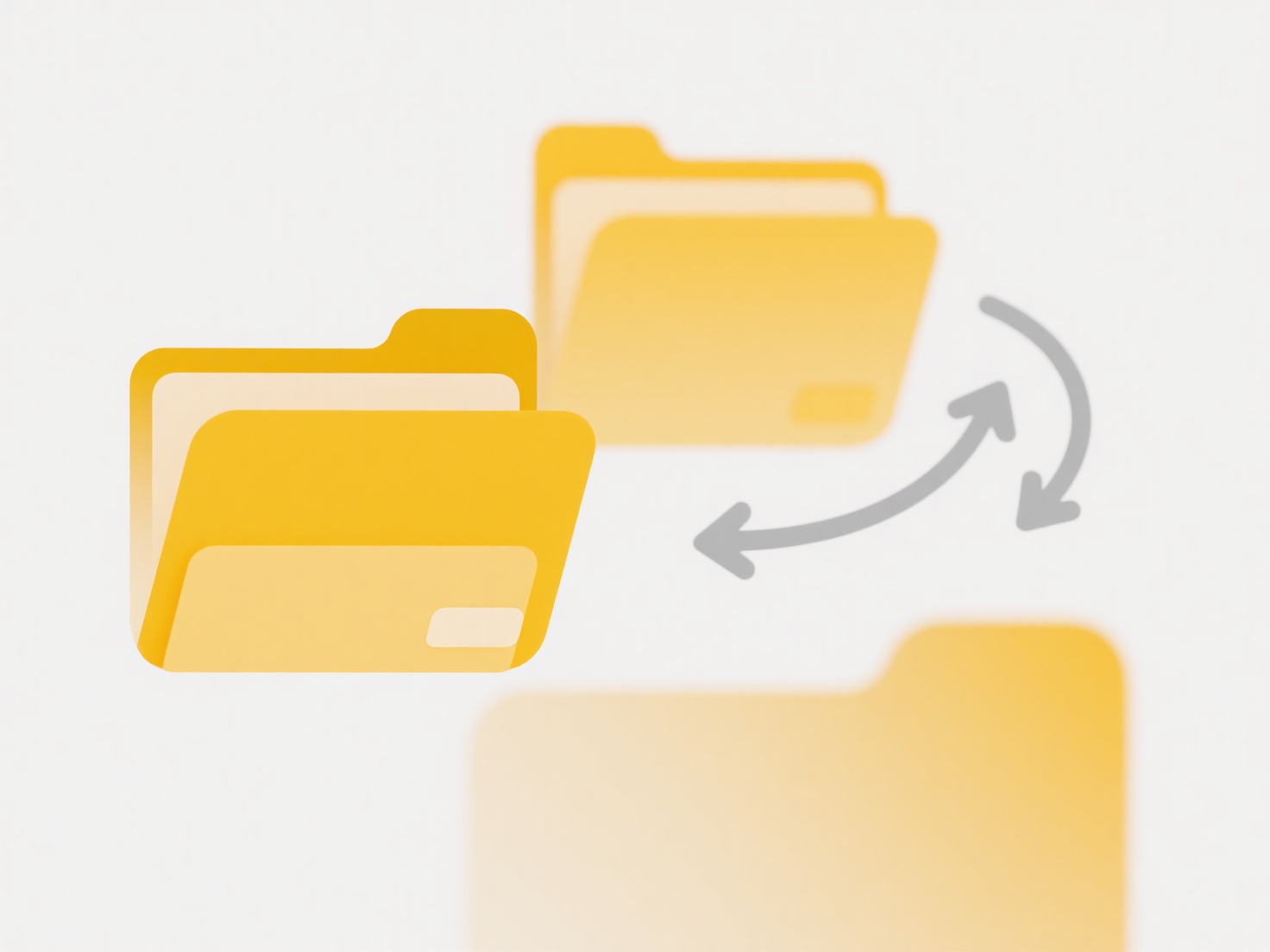
Detailed sharing controls in mobile apps refer to granular privacy settings that allow users to precisely manage who can access their content and how. Instead of simple public or private options, these controls enable restrictions based on specific contacts, groups, custom lists, timeframe, or interaction type. This differs from basic sharing by offering layered permission management, such as limiting visibility, preventing screenshots, restricting forwarding, or setting expiration times.
For example, Instagram allows users to create 'Close Friends' lists for exclusive Story sharing or choose specific followers for each post. Similarly, WhatsApp offers control over "Status" visibility to selected contacts and "View Once" options for media that disappears after opening. File-sharing services like Dropbox provide password protection and expiration dates for shared links. These features are common in social media, messaging, cloud storage, and photo-sharing applications.

These controls enhance user privacy and consent management, empowering individuals to share sensitive information more confidently. However, complexity may overwhelm casual users, and selective sharing can facilitate exclusionary behavior. Future developments may include AI-driven access suggestions. Their necessity drives adoption, pushing platforms to innovate privacy-focused solutions.
What mobile apps allow detailed sharing control?
Detailed sharing controls in mobile apps refer to granular privacy settings that allow users to precisely manage who can access their content and how. Instead of simple public or private options, these controls enable restrictions based on specific contacts, groups, custom lists, timeframe, or interaction type. This differs from basic sharing by offering layered permission management, such as limiting visibility, preventing screenshots, restricting forwarding, or setting expiration times.
For example, Instagram allows users to create 'Close Friends' lists for exclusive Story sharing or choose specific followers for each post. Similarly, WhatsApp offers control over "Status" visibility to selected contacts and "View Once" options for media that disappears after opening. File-sharing services like Dropbox provide password protection and expiration dates for shared links. These features are common in social media, messaging, cloud storage, and photo-sharing applications.

These controls enhance user privacy and consent management, empowering individuals to share sensitive information more confidently. However, complexity may overwhelm casual users, and selective sharing can facilitate exclusionary behavior. Future developments may include AI-driven access suggestions. Their necessity drives adoption, pushing platforms to innovate privacy-focused solutions.
Quick Article Links
Why do fonts and layout change when opening files on a different OS?
Fonts and layout can shift when opening files across different operating systems (OS) because systems use different defa...
How do I archive exported data?
Archiving exported data involves securely storing copies of data that have been extracted from an active system for long...
Can I change how “Open With” behaves system-wide?
The "Open With" functionality determines which application automatically opens specific file types when double-clicked. ...